37 myths about cruising that just aren't true
Get your facts ship-shape
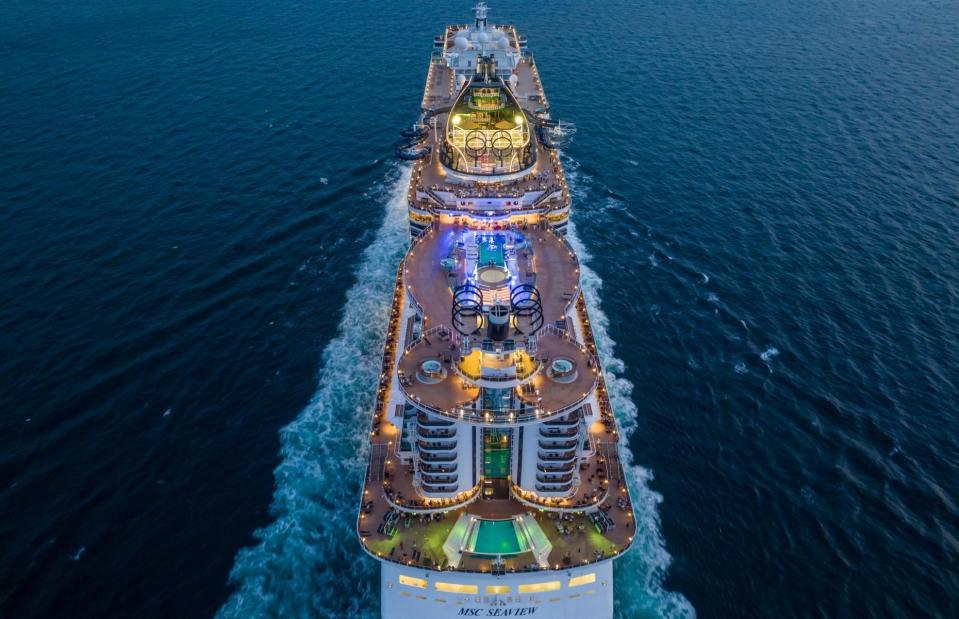
Wayleebird/Shutterstock
The world of cruises is like no other: from ships the size of floating cities to elegant, sleek creatures that glide through quiet riverways. Yet there are a lot of preconceptions about what a cruise experience is like. Whether it's your first or umpteenth sailing, we take a look at the most common myths to bust them wide open, and offer our best tips and hacks to find the right cruise for you along the way.
Read on for the biggest myths in cruising, debunked...
All cruises are the same
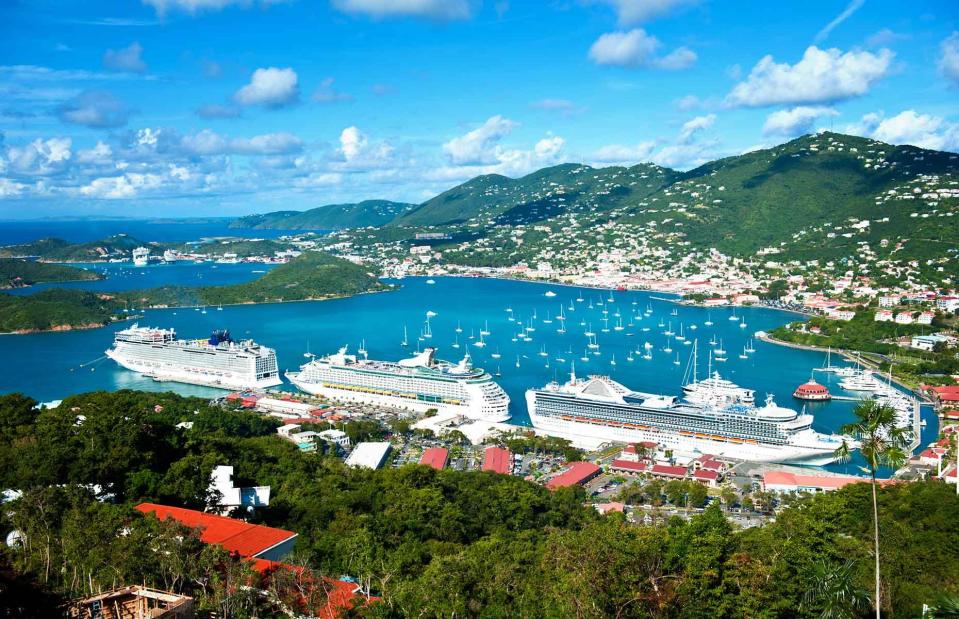
Natalia Deksbakh/Shutterstock
Whether you're after a quiet time or all-night partying and cocktails, when it comes to cruises there is a ship to suit all ages and tastes. The differences between the cruise lines, and even the individual ships they operate, can be massive. For example, P&O offers vessels such as Britannia which is built with families in mind, as well as Arcadia, designed for adults only. If you're thinking about booking a cruise, it pays to research not just the cruise company's overall offering, but the ship itself, to check it meets your needs.
Only the rich can afford it
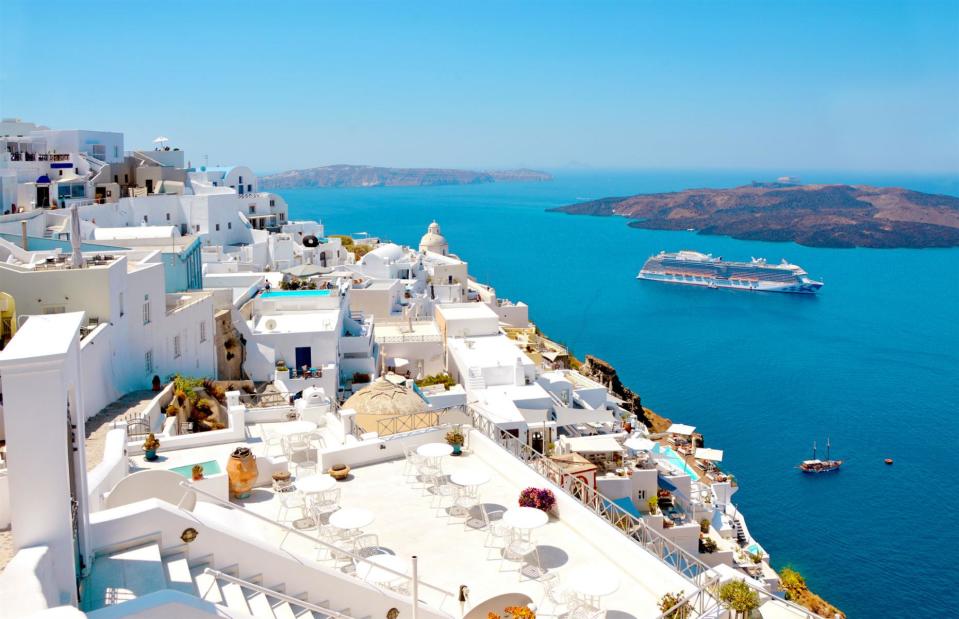
Marina Da/Shutterstock
There are myriad ways to save on the advertised fare. Flexible on dates? Operators have been known to slash prices or offer special promotions if you leave booking to the last minute. Sign up to alerts as some lines, like Royal Caribbean, run regular deals often with incentives like spending money (known as onboard credit) thrown in. Look also for 'repositioning cruises' – one-off, one-way voyages where ships move between regions at the end of a season, resulting in cut-price sailings that aren’t part of the regular schedule.
Seasickness is inevitable...
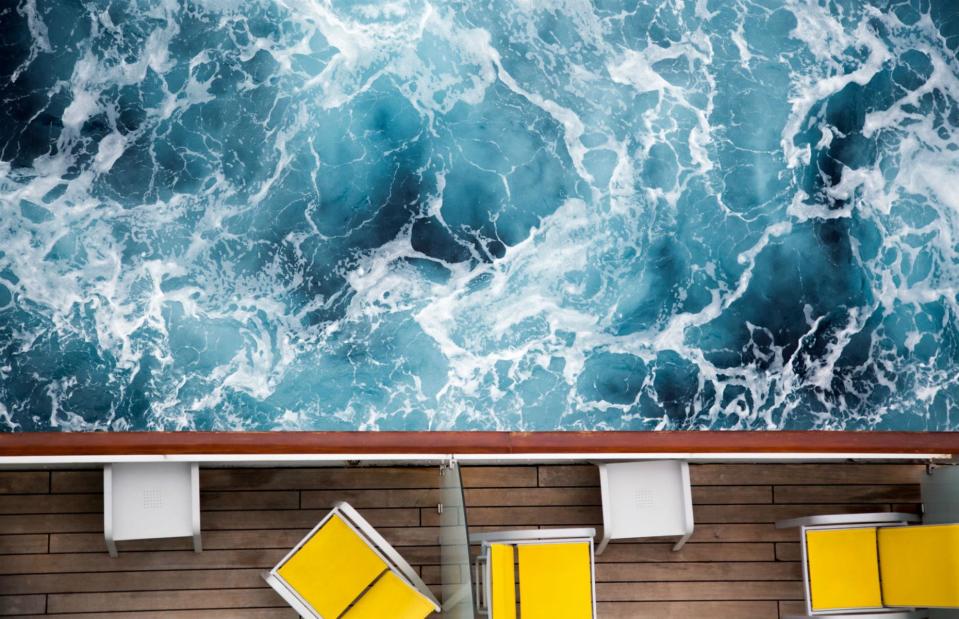
The Art of Pics/Shutterstock
Seasickness affects some more than others – according to PADI (the Professional Association of Diving Instructors), it is typically more common in women and children. However, most ships are well-equipped to deal with it. If you find yourself suffering, ask at reception who often have free tablets. Booking an outside cabin in the middle of the ship is said to help as they're located on a natural balance point. But if this is a big concern for you, book a ship that has stabilisers. Most are equipped with two, but those ships that have four have an even smoother ride.
...and there's nothing you can do
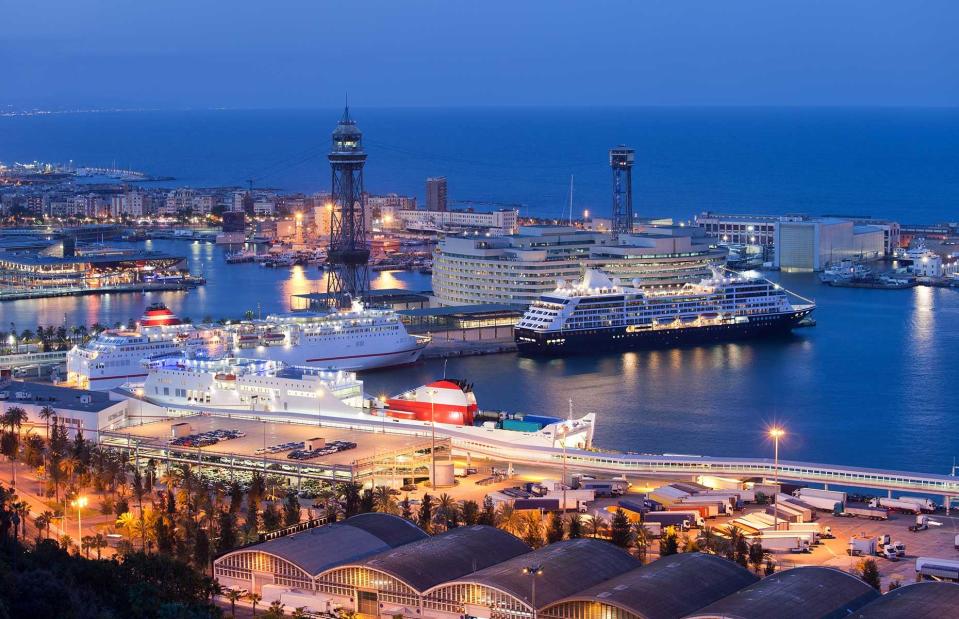
Artur Bogacki/Shutterstock
If you know seasickness is a worry then choose your cruise wisely: a voyage to Antarctica crossing from the tip of South America can be merciless. If you're heading to the Mediterranean then avoid the Bay of Biscay, which is choppy at almost any time of year, and embark at Barcelona (pictured) instead. Don't be put off a transatlantic cruise either – during the summer 'The Pond' can be very calm indeed.
They’re only for older people
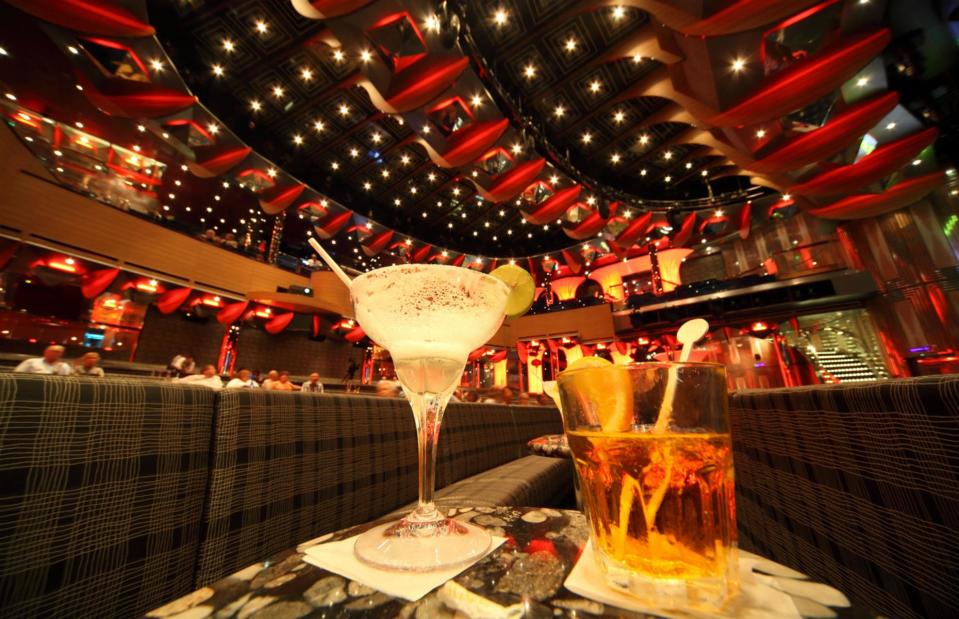
Pavel L Photo and Video/Shutterstock
From removing formal dress codes and introducing brand-new, state-of-the-art ships that appeal to families and young couples, cruises have definitely thrown off their stuffy image. Modern ships now feel like the equivalent of staying at a luxury resort but with the USP of waking up somewhere new every day. Rather than just being something for those who are retired, the average age of those cruising is now 46, according to a report by CLIA (Cruise Lines International Association).
The kids will get bored
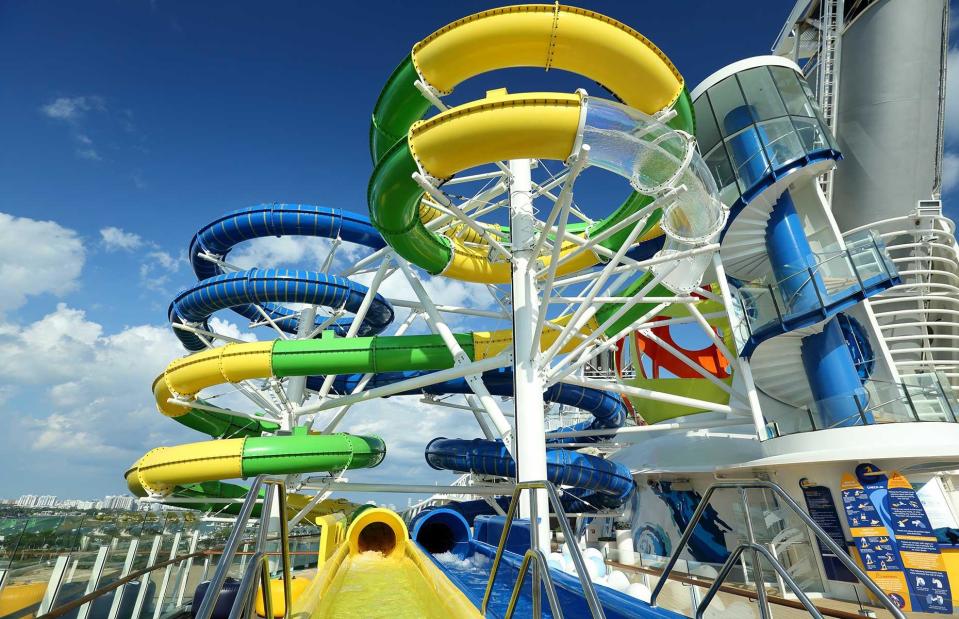
Courtesy of Royal Caribbean International
Forget trying to entertain kids with iPads, cruise ships have many ways of keeping them occupied, usually via kids' clubs manned by qualified and vetted staff. Some have mocktail bars for teenagers while soft play and adventure areas are like mini theme parks. There are scavenger hunts and science labs, swimming pools and dance parties – hopefully at the end of which they’ll be utterly exhausted.
You’ll get tired of the food
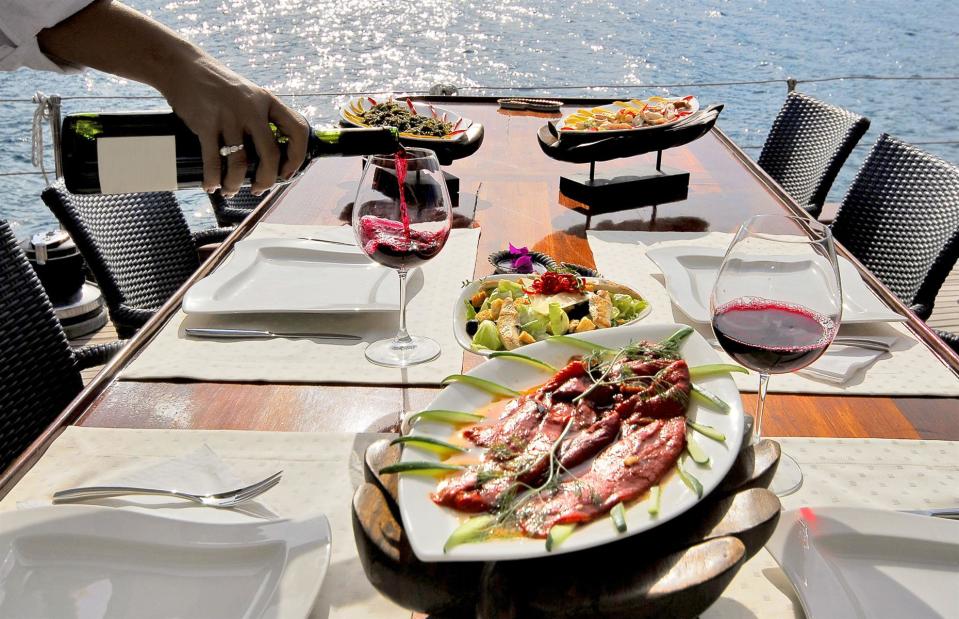
PhotoShopping/Shutterstock
If you’re imagining a sad beige buffet, think again: cruise ships take dining seriously. Some offer over 20 restaurants, where menus are often created by internationally-known celebrity chefs – Thomas Keller, Jamie Oliver and Guy Fieri have all been known to turn their hand to cruise catering. Dishes often reflect the different ports of call too. Windstar Cruises' chefs do market tours with passengers, and as they shop for the ship, may hand you things to try. All ships now cater for those with dietary requirements, offering gluten-free, vegan and other specialised options too.
Sea days are boring
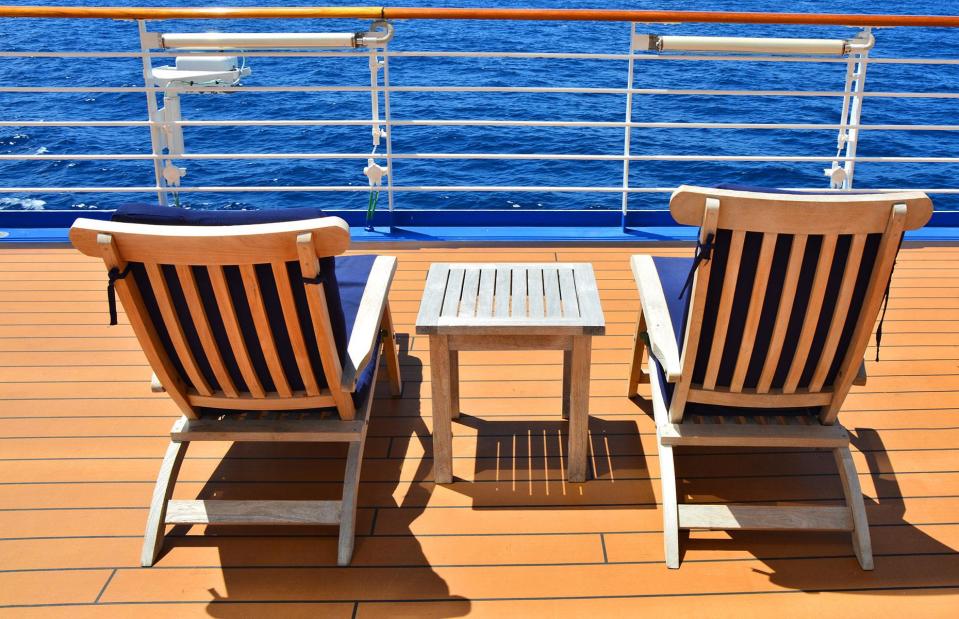
Studio Barcelona/Shutterstock
The prospect of a sea day – when the ship doesn’t stop at port – used to be associated with genteel activities such as napkin folding. But that was in the days before the bottomless imagination of cruise ship activity directors. Aside from offering painting classes, cinema screenings, Broadway-style shows and cookery courses, the best modern cruise ships are almost destinations in themselves, with multiple pools and hot tubs to dip in and out of, wave machines and so much more.
All the ports will be rammed
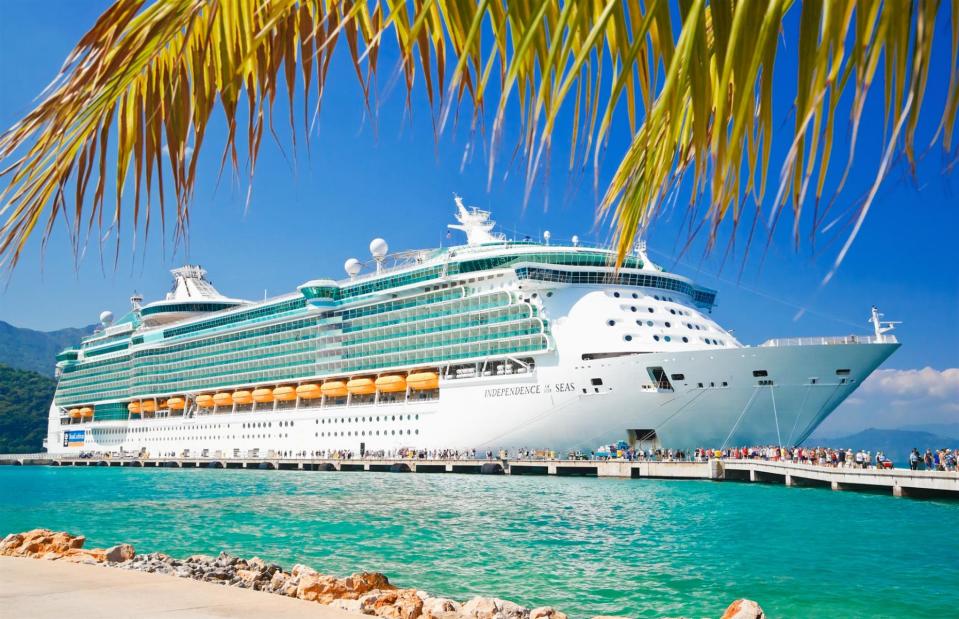
Nan728/Shutterstock
The busiest cruise port in the world by traveller traffic is Florida's Port Canaveral, which saw a record 6.8 million cruise passengers in 2023. If the thought of that makes you feel stressed, a savvy move is booking with a line that owns their own private islands and retreats, such as Disney, Holland America, Norwegian Cruise Line, Princess Cruises and Royal Caribbean. Then there are cruises which specifically go to quieter spots, such as Star Clippers who travel the lesser-known parts of the Greek islands, while Viking Ocean Cruises sail to smaller Norwegian ports.
Everyone gets sick onboard

luca pbl/Shutterstock
Over the years, outbreaks of the nasty tummy bug norovirus on cruise ships have hit the headlines. In reality the risk of being unwell isn't any greater than at other everyday public places, such as offices and schools. The best way to avoid getting ill is to take care of your personal hygiene – wash your hands before eating, use hand sanitiser (provided free of charge) in between contact with high-touch points, and always use the tongs at the buffet.
Cabins are really small
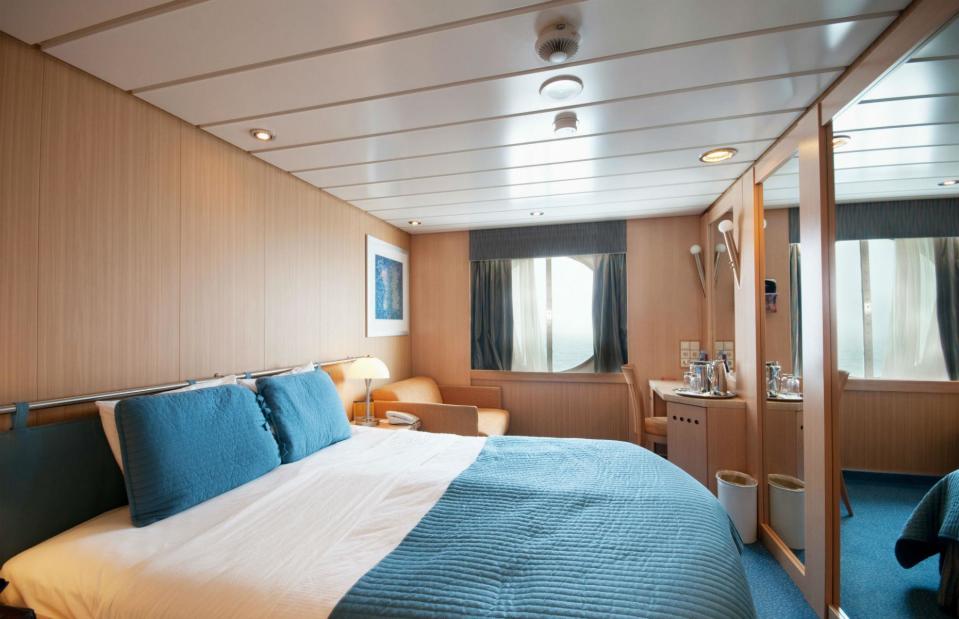
Can Balcioglu/Shutterstock
Like hotels, cabins – usually known as staterooms – vary in size according to how much you’re spending. The cheapest is the inside cabin, which doesn’t have a window and space is minimal, so this option is best if the majority of your time will be spent outdoors. An outside cabin will come with a view, but opting for a balcony can give the perception of more space. Some ships also have unique layouts. For example, Disney's fleet is designed for families, so standard cabins are larger than the average.
You have to go on all the excursions…
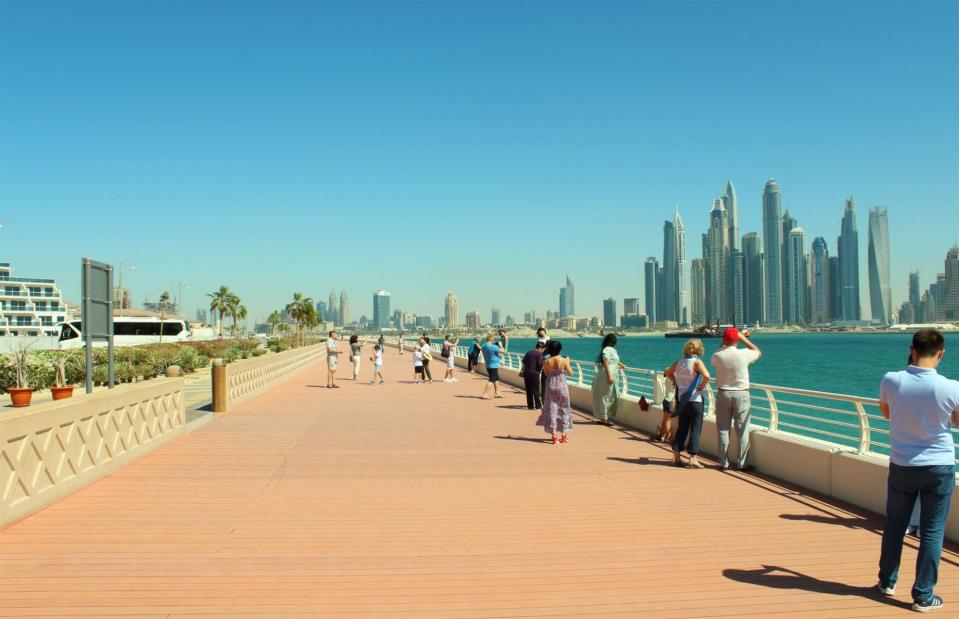
Far70/Shutterstock
You don’t. It's worth remembering that ships take a significant chunk of commission from the excursions you do book with them. So when you’re being told about a ‘must-see’ experience, it’s not necessarily coming from an unbiased place. A smart move is to do your own research about what you’d like to see in the local area, rather than relying on your cruise excursion desk to tell you, and make a judgement on whether it's something you could organise for yourself. If the town is not far from the port, just grabbing a map and wandering can be a much cheaper way of doing it.
...and excursions cost loads
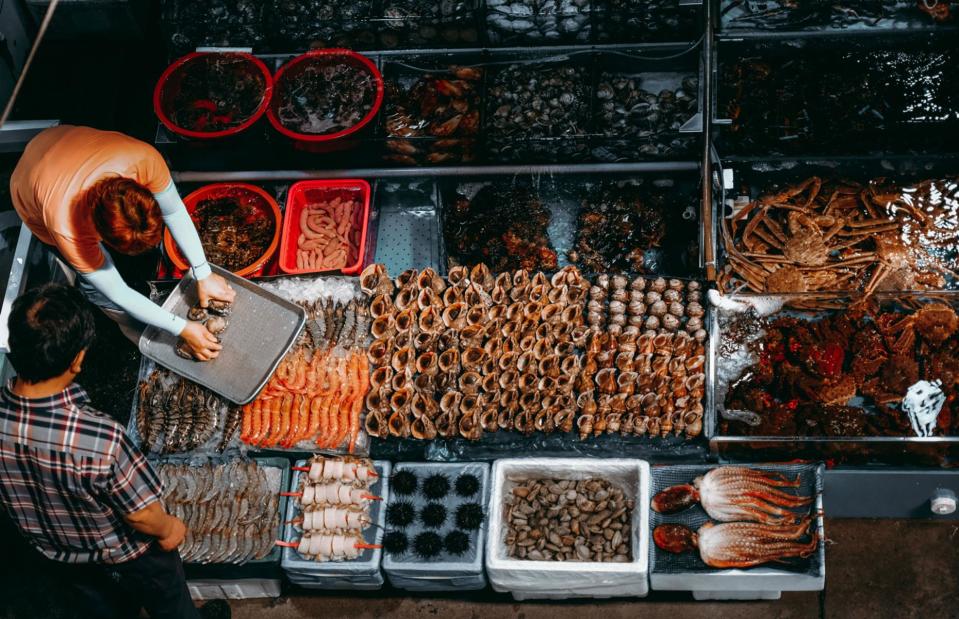
Nuu Jeed/Shutterstock
The more luxurious and adventurous an excursion – such as going on a helicopter ride or sky-diving – the more pricey it will be, but a way of cutting costs can be to book privately. Simply because a tour is being offered by the ship doesn’t mean it’s safer or better quality. Sometimes cruise lines also offer free tours (such as the food-buying tours to markets with onboard chefs mentioned before) so enquire about those too. Be sure to ask crew members for their top tips as they often have excellent local recommendations to share.
You might miss the boat
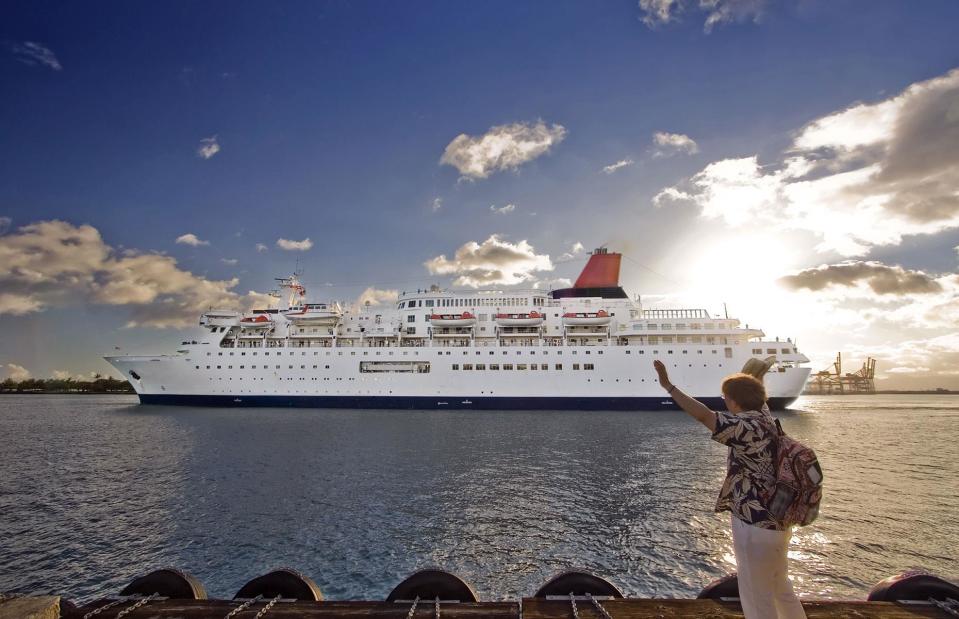
Petronilo G. Dangoy Jr/Shutterstock
The classic ‘you might miss the boat’ is a time-honoured incentive for you to book your excursion with the ship (and pay possibly more) as they guarantee to get you back on time. However independent companies operating tours in cruise ports won't want you to miss the ship either, so be reassured you won't have to swim back to your cabin...
You can’t eat healthily onboard
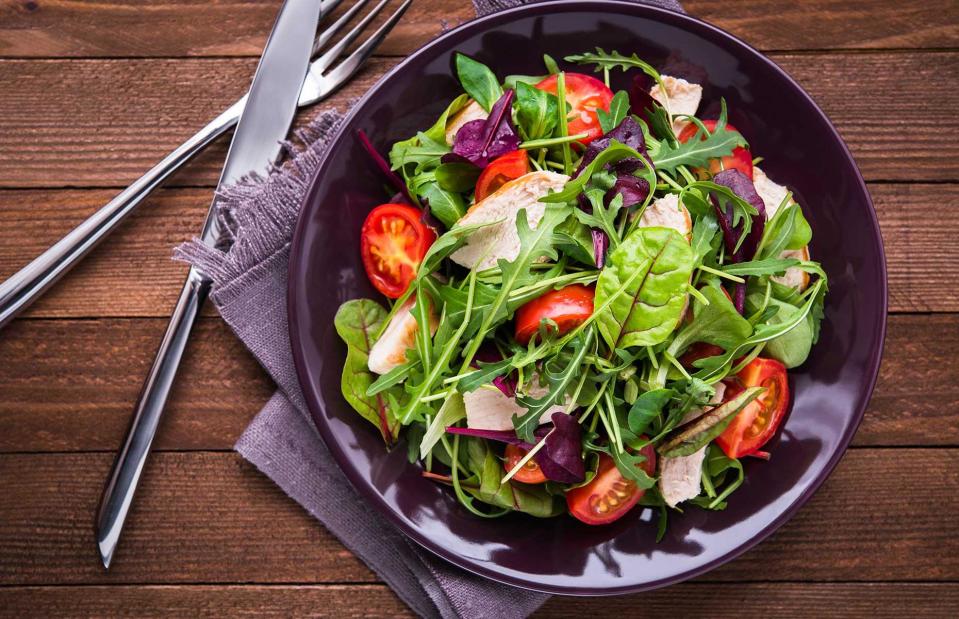
Elenadesign/Shutterstock
It's true that if you want to stuff yourself silly, there are belly-busting meals available 24 hours a day onboard. But it is possible to eat healthily. The food menus on cruise ships will typically include lighter dishes, while Royal Caribbean has several ships with a dedicated healthy-eating restaurant and Crystal Cruises offers some low-carb, low-sodium choices too. And don't forget the buffet restaurants always have an impressive salad bar.
Boules is the only exercise
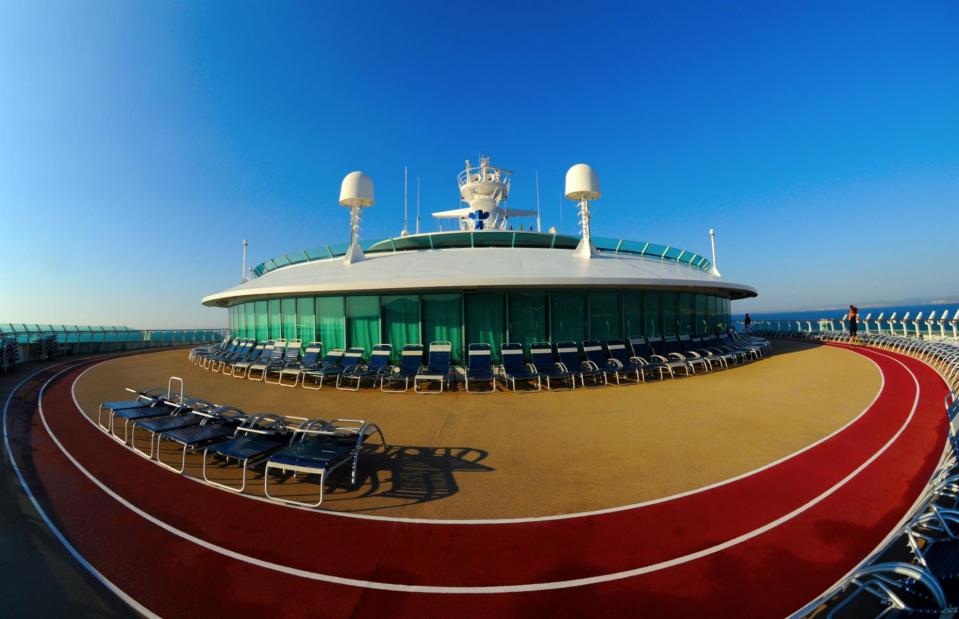
Nfoto/Shutterstock
Most cruise ships have state-of-the-art fitness facilities which nearly always have incredible views out to sea. You can even book personal trainers on some ships, as well as classes like yoga, TRX suspension and boxing – but do watch out for extra costs. One great free option are the jogging tracks (with a lane for walkers too) around the decks of nearly all medium to large-sized ships.
You have to get dressed up
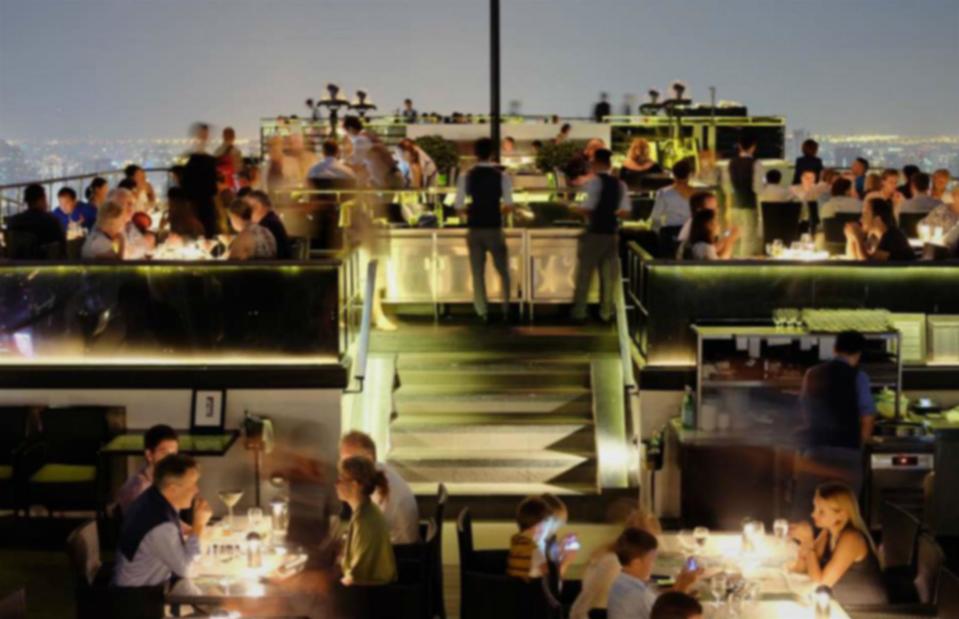
Multiz12/Shutterstock
Moving away from some of the formality associated with cruises – although some lines still have a formal dress policy for gala evenings – many operators no longer insist on ball gowns and tuxedos every night. Royal Caribbean gives you the option of three dress codes: casual, smart casual and formal, while P&O has venues which have different dress code rules after 6pm to give you the option of dressing up or down.
You can’t take your pet
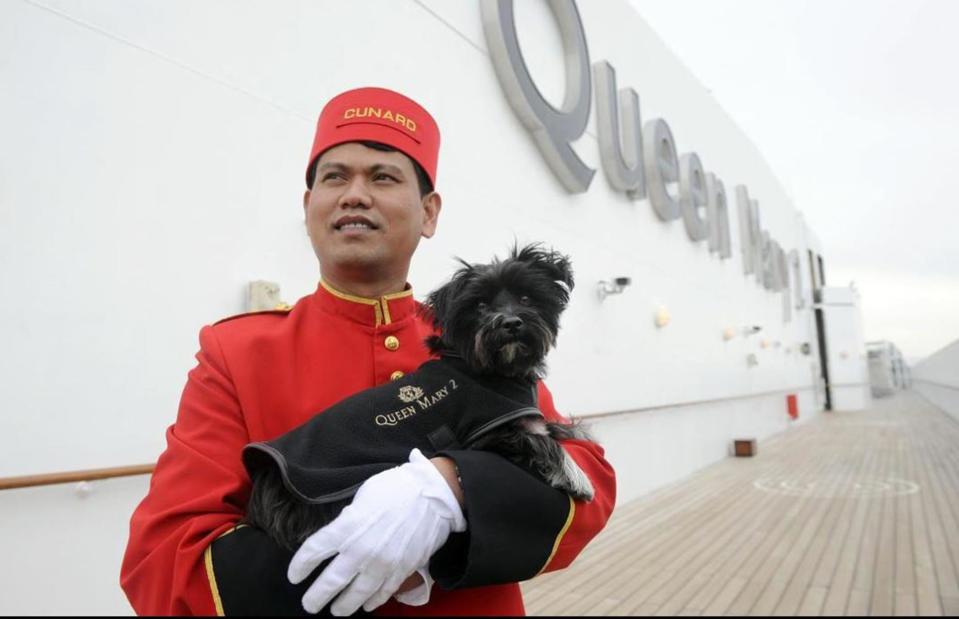
Instagram/Cunard
This is mostly true, unless you’re on Cunard’s Queen Mary 2, which has kennels and crew members that will walk, feed and play with your pet. One of the stranger seafaring experiences you're likely to have is the Meow Meow Cruise, which sails on select routes with Princess Cruises. While you can’t take your own cat, the initiative aims to unite people who really love their feline friends.
Spa treatments onboard cost the earth...
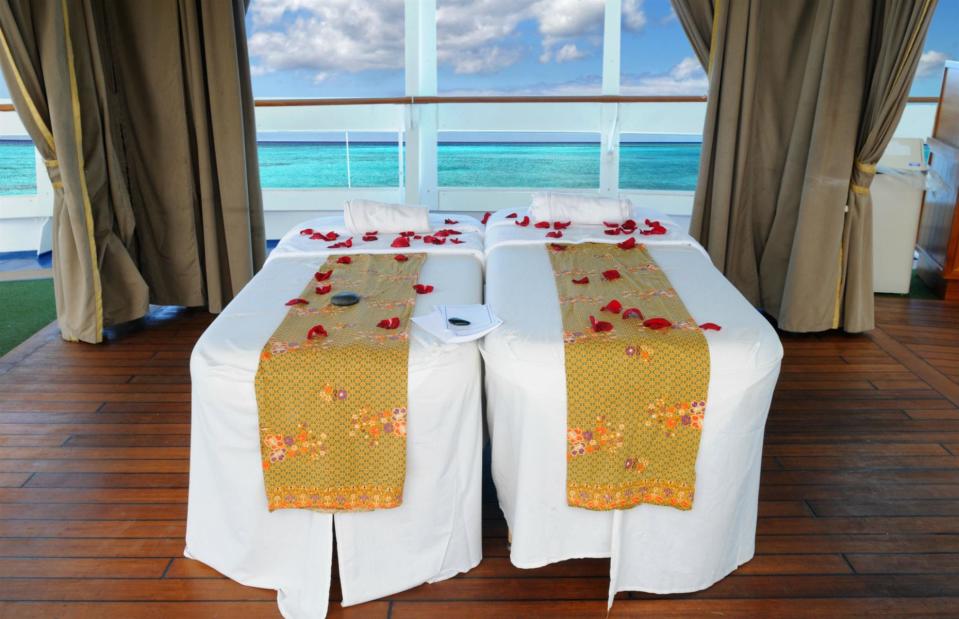
Gino Santa Maria/Shutterstock
Spas may seem like a lavish expense, but some cruise ships offer raffles where you can get free treatments if you join a tour of the facilities, usually on your first day onboard. If you aren’t content to rely on luck, look out for incentives with spa deals announced in the daily newsletter. One top tip is to book a treatment on a port day. Not only are you likely to get a hefty discount, facilities such as the sauna and pool will be quieter if you want to continue your pampering session in peace.
...and the spa isn’t for men
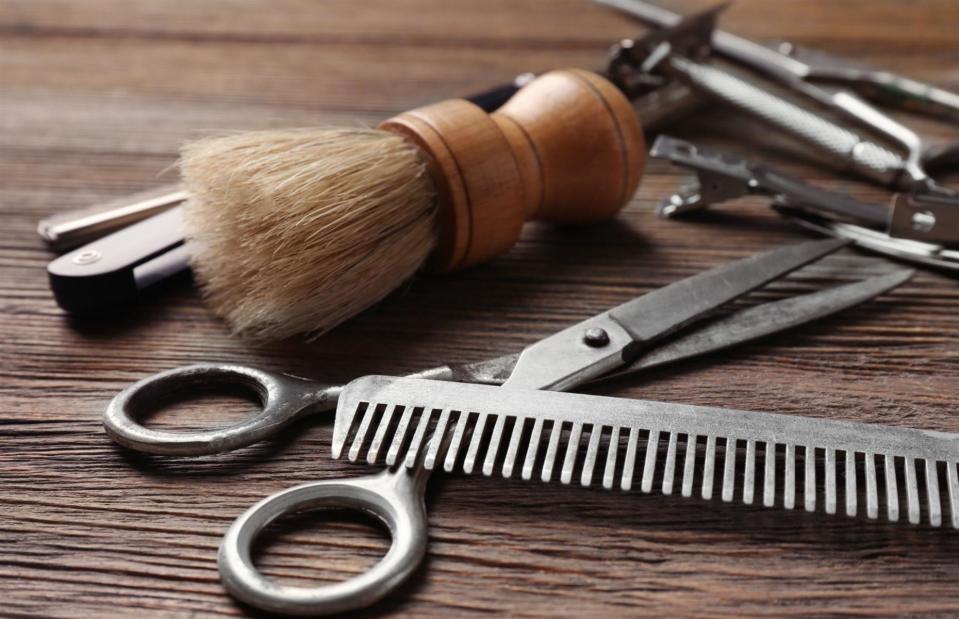
Africa Studio/Shutterstock
Like elsewhere in life, male grooming is becoming big business on cruise ships. The beauty salons on Silversea's vessels have dedicated men's grooming and shaving services, while many other lines come equipped with barber shops as standard. There are usually good deals on couples' spa treatments too.
Cruises are only for couples and families
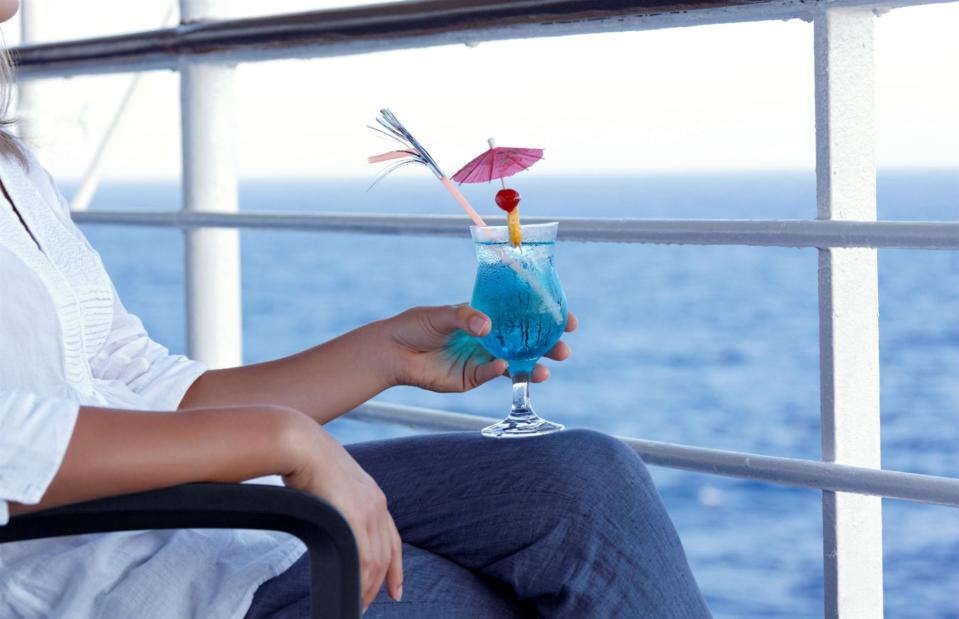
Oleksandr Lysenko/Shutterstock
As the number of solo travellers increases, cruise ships are adapting. Both Norwegian Cruise Line and Fred Olsen have been voted the best cruise line for single passengers in the past, offering cosy staterooms for one, solo promotions, exclusive areas and mixer events onboard. Saga also hosts singles cruises for anyone aged 50 or over on two of its smaller ships, while P&O Cruises' Britannia introduced the first purpose-built single cabins with balconies.
People are always falling off the back
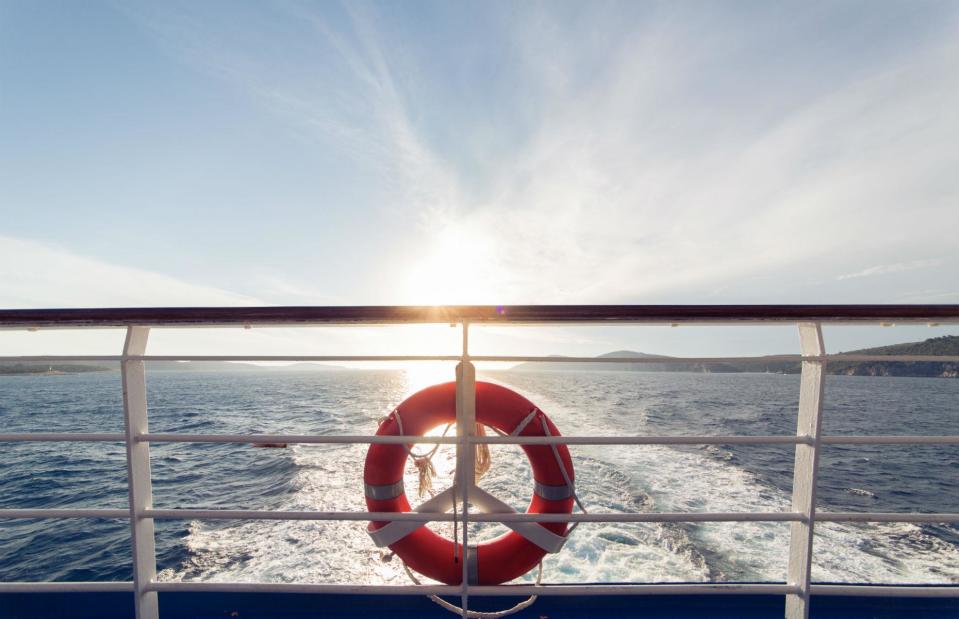
Eldar Nurkovic/Shutterstock
Statistically, you're far safer on a cruise ship than you are in a car. But if you do find yourself overboard, sea survival expert Mike Tipton, a University of Portsmouth professor and co-author of Essentials of Sea Survival offers this top tip: “The best thing you can do in the first few minutes of immersion is try to rest, relax, float,” as reported by Conde Nast Traveller. However once in the water your chances of survival are around 15%, so always be sensible when on deck (i.e. don't attempt to recreate the famous scene from Titanic after one too many cocktails...).
Cruises have a poor safety record
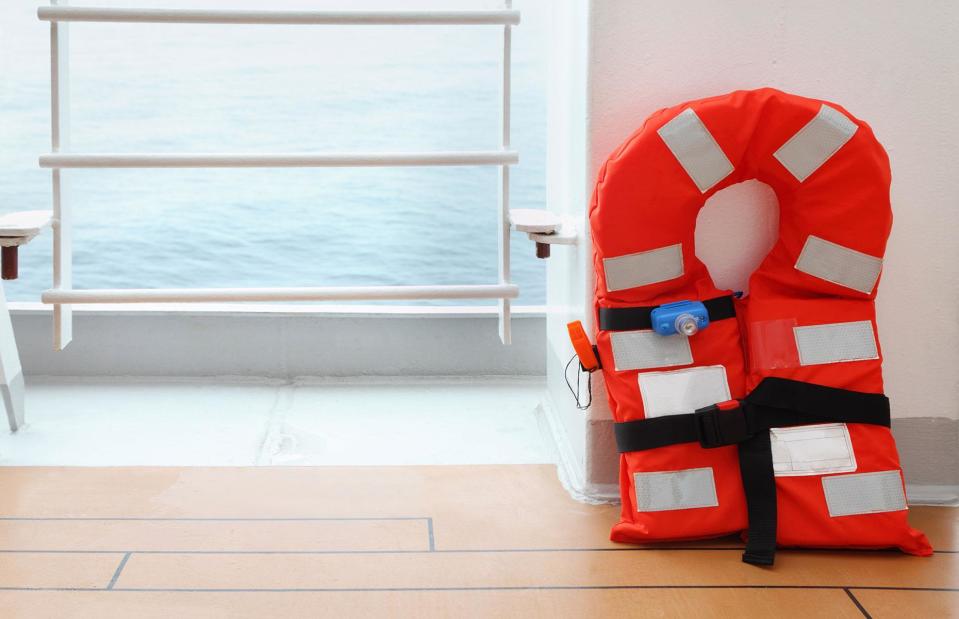
Pavel L Photo and Video/Shutterstock
Modern ships have an excellent safety record and accidents are rare. Between 2009 and 2019, the cruise industry increased in capacity by 68%, while the number of operational incidents went down by 41%, making cruising one of the safest modes of transport there is. All crew members – regardless of whether they're captains, engineers, stewards or chefs – receive robust training and each vessel is equipped with more than enough lifeboats and rafts for the people onboard.
The ports are always miles from the big attractions
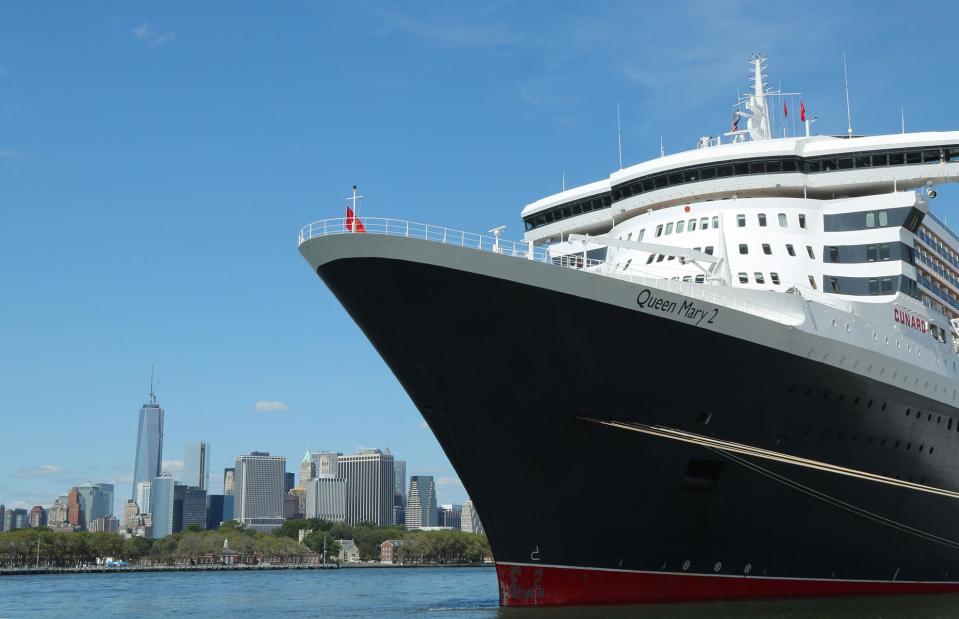
Leonard Zhukovsky/Shutterstock
Many ports of call are a short walk or (usually free) bus ride to the main attractions. For example at Norwegian ports it's common to stroll down the gangway and straight into the heart of the city. In New York, Cunard's Queen Mary 2 leaves from Brooklyn, while Buenos Aires is half a mile (0.8km) from the cruise terminal and its main sights are in a compact, small area.
Tipping is optional
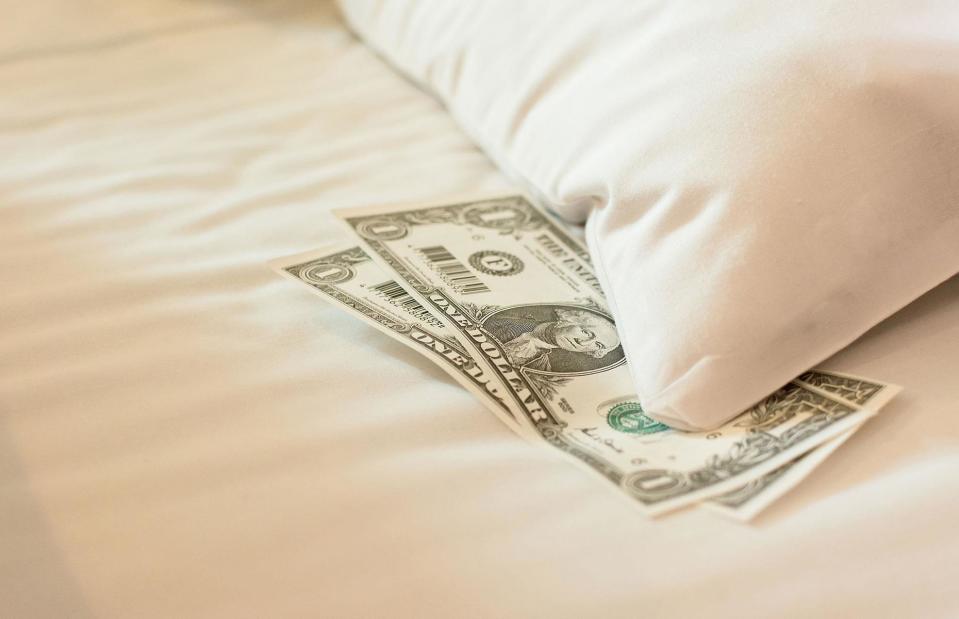
Elwynn/Shutterstock
It's likely you will receive exceptional service onboard and will want to show gratitude to the (often low-paid) crew members at the end of your trip. A good rule of thumb is to tip your cabin steward around £2.50 ($3) per person, per day. You can also tip individual members of staff such as waiters and all cash tips will go directly to them. That said, some lines like Azamara, Regent Seven Seas and Silversea have a no-tipping policy and include gratuities in the cost of the fare, so it's worth keeping in mind that the upfront outlay will be greater.
Everything's included

Garsya/Shutterstock
Even if you’re on an all-inclusive package, extras like spa treatments, fine-dining restaurants and some excursions will likely carry an additional charge. Always check your booking confirmation and welcome pack to see what exactly you're entitled to before you buy or sign up to a service, then there'll be no nasty shocks when you receive your final bill.
Cruise ships are bad for the environment
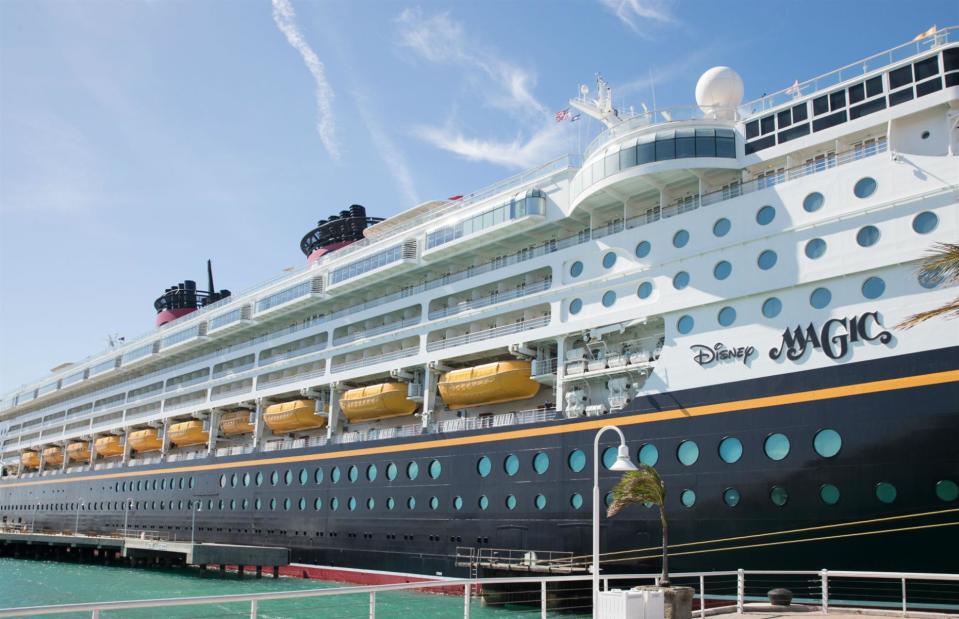
Helen89/Shutterstock
This one isn't a total myth. As with flying, the pollution, rubbish and human waste created onboard cruise ships has a significant impact on the environment. But there are ways to mitigate the effects by choosing a cruise company that's mindful of marine ecology and carbon emissions. Hurtigruten, Ponant and Havila Voyages are just some of the more eco-conscious cruise operators ruling the waves today, from building battery-powered vessels to implementing single-use plastic bans. Taking personal steps like not having your towels refreshed every day makes a difference too.
They only go to major tourist sites

trabantos/Shutterstock
While there are cruises definitely designed to ‘tick off’ hotspot destinations, particularly in the Caribbean and the Med, there are plentiful itineraries out there favouring places that would be otherwise trickier to reach by land or air. What better way could there be to explore the Suez Canal, the Amazon River, North America’s Inside Passage, Micronesia, South Korea’s Jeju Island (pictured) and the Kimberley coast of Australia than on the water?
Your teenager will hate it
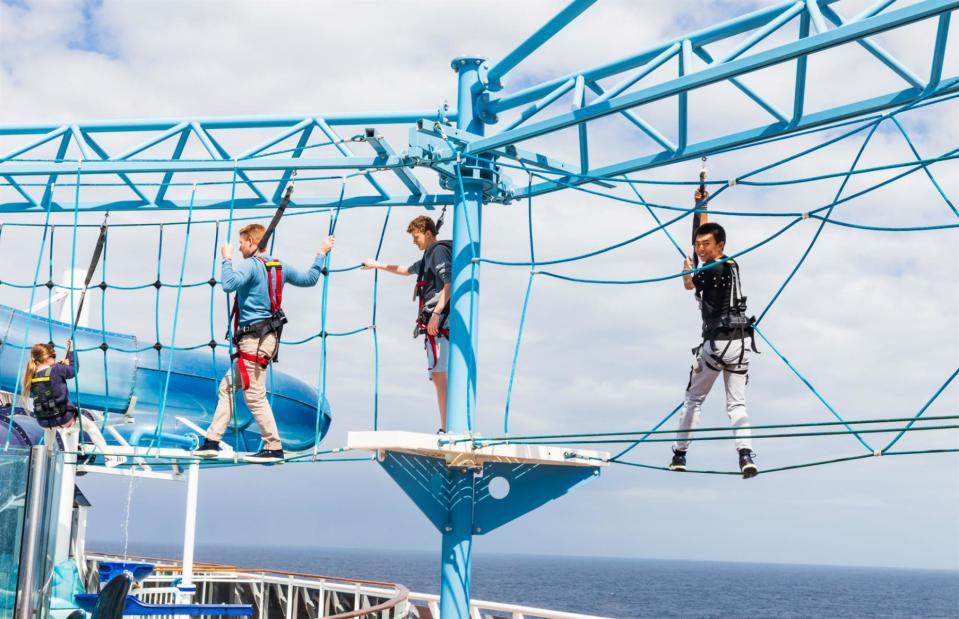
Suchart Boonyavech/Shutterstock
Cruise ships seem to understand teenagers better than we do, which is why MSC allows them the veneer of adult responsibility with none of the consequences. They can have their own cruise cards, which allow them to go back to their staterooms by themselves and purchase soft drinks, video games, souvenirs and other extras using a pre-paid balance. Princess Cruises’ Royal Princess also has a teen-only lounge. And don't forget that they'll often make friends with other kids from around the world, which will expand their horizons too.
You can only eat at set times

Goskova Tatiana/Shutterstock
Some cruise ships do have set meal times, commonly two sittings at 6.30pm and 8.30pm. But with the number of restaurants onboard now often greater than just one large dining room, many liners offer the flexibility to choose both when and where you dine. On certain ships, you might need to make a reservation for the most popular restaurants, but you can usually just turn up and be seated. However, even if your ship has a more traditional approach, there will be an informal dining option, such as a 24-hour buffet, where you won't be tied to the clock.
It’s not very baby-friendly
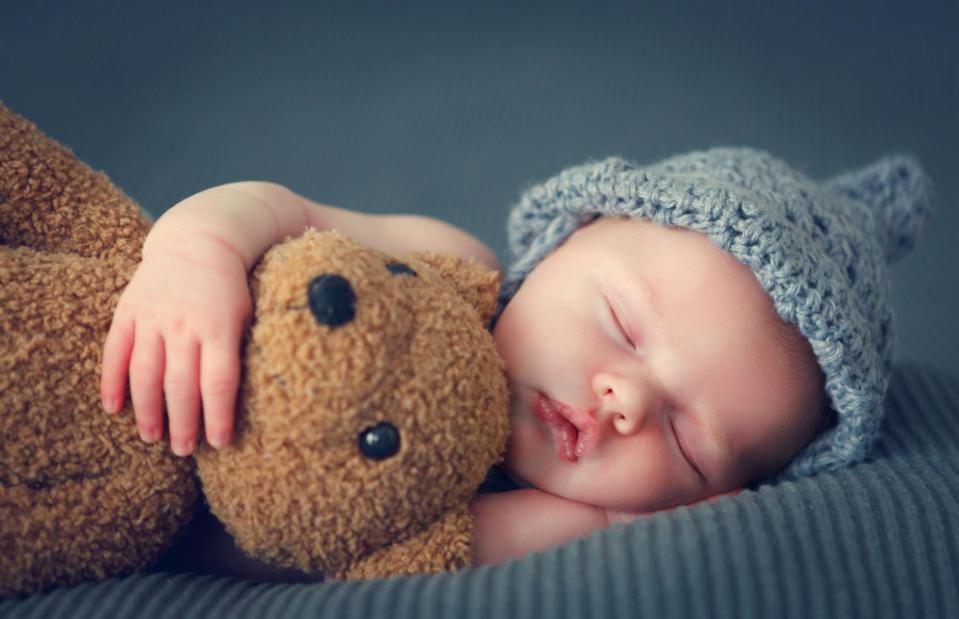
Ramona Heim/Shutterstock
As cruise ships become more family-friendly, the prospect of travelling with newborns isn't so out of the ordinary. Several cruise ships offer special family deals that help with this, for instance, infants under two travel for free with MSC, and Disney offers a babysitting service for parents who want a night off.
You only ever get a few hours in port
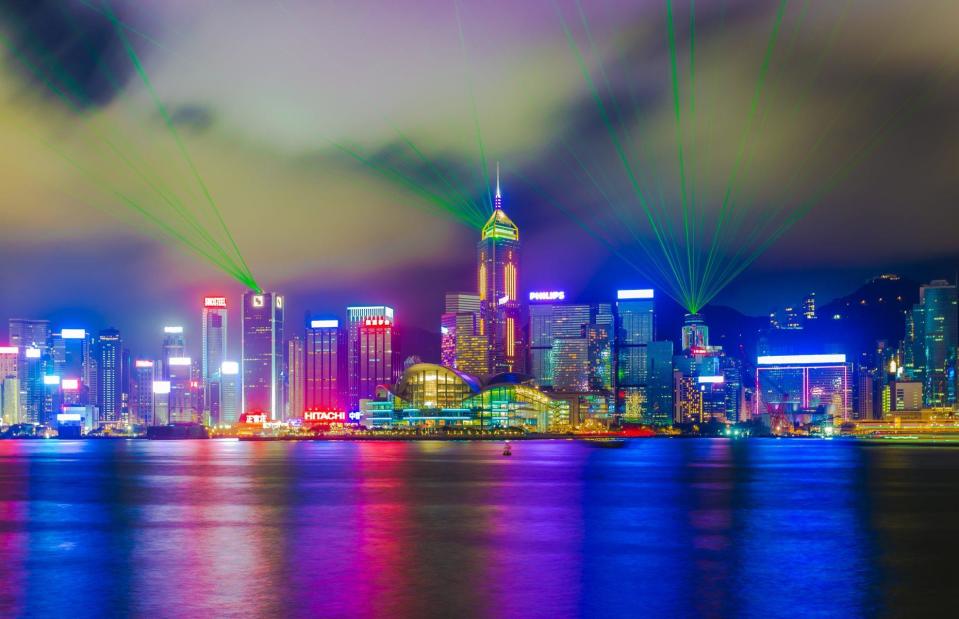
Nattee Chalermtiragool/Shutterstock
This largely depends on your destinations and the length of your cruise, but be sure to shop around – different cruise operators and itineraries are more generous with the time they spend in port than others. Azamara prides itself on ‘Destination Immersion’ trips, where late departures (after 8pm) and overnight stays are built in for more than half of the ports included on a single itinerary, while Virgin Voyages, Celebrity Cruises and Silversea also typically allocate more time for on-land adventures. With Princess Cruises’ ‘More Ashore’ programme, you’ll get to enjoy warm evenings and nightlife in more destinations across Europe, Asia, the Americas and beyond.
The entertainment is seriously cheesy
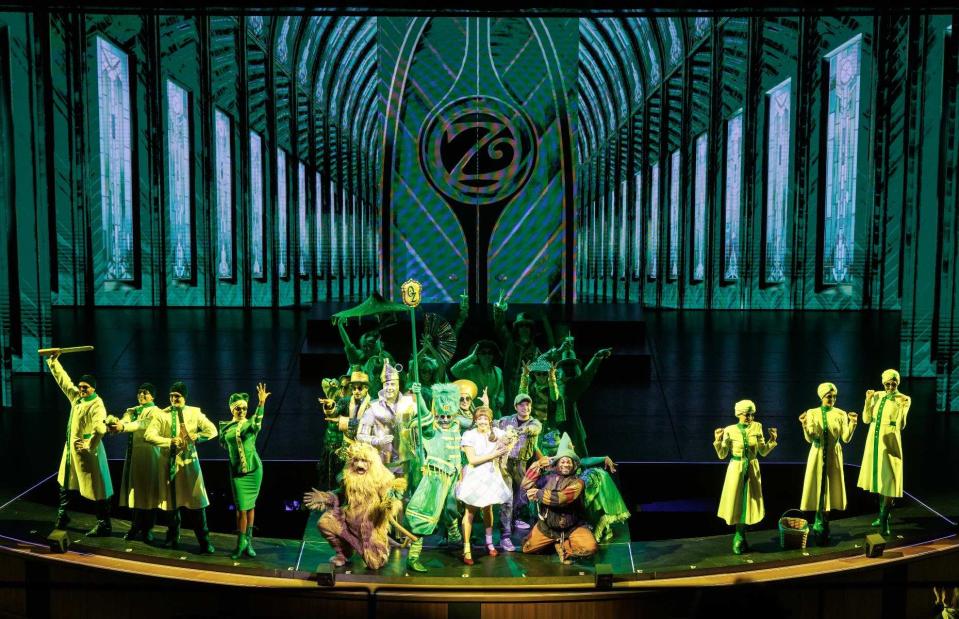
sbw-photo/Courtesy of Royal Caribbean
Again, this does depend on the ship, but increasingly cruise lines are moving away from bingo, boules and ballroom dancing. MSC Cruises offers six different shows each week, while Royal Caribbean has a rolling programme of quality West End musicals such as The Wizard of Oz (pictured), We Will Rock You and Cats, while on Cunard and Viking ships you'll find lots of cultural talks and lectures from big names.
Loyalty doesn't pay
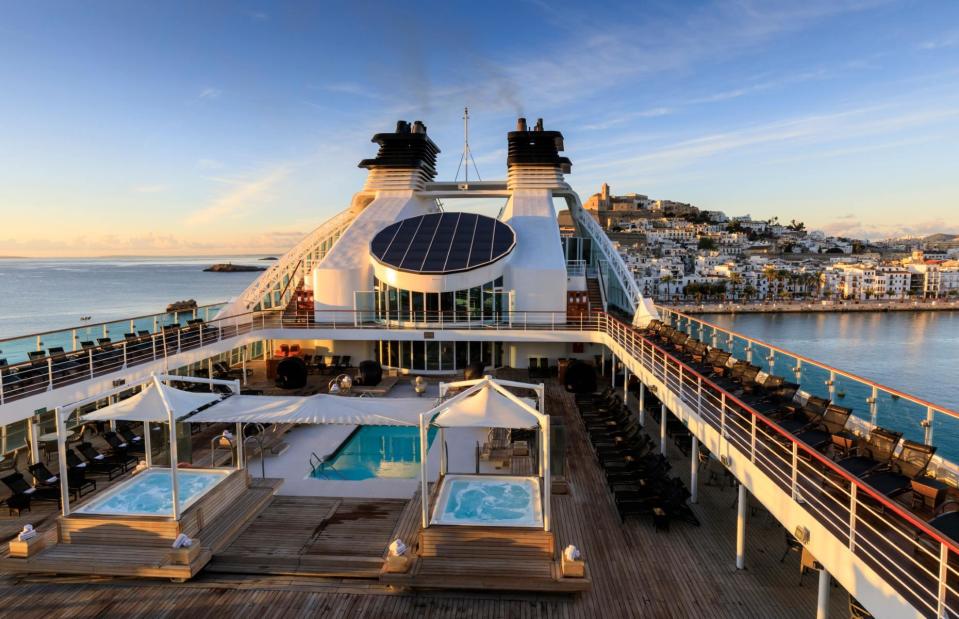
Eleanor Scriven/Shutterstock
This is one of life's rare occasions when sticking with a brand can offer big perks. From Seabourn to Royal Caribbean, all the top names offer excellent loyalty programmes for returning customers. Accrue a certain number of nights or voyages and you'll move up the tiers, which gives you access to everything from cabin upgrades to free drinks, extra onboard spending money and priority boarding.
Bigger ships are always better
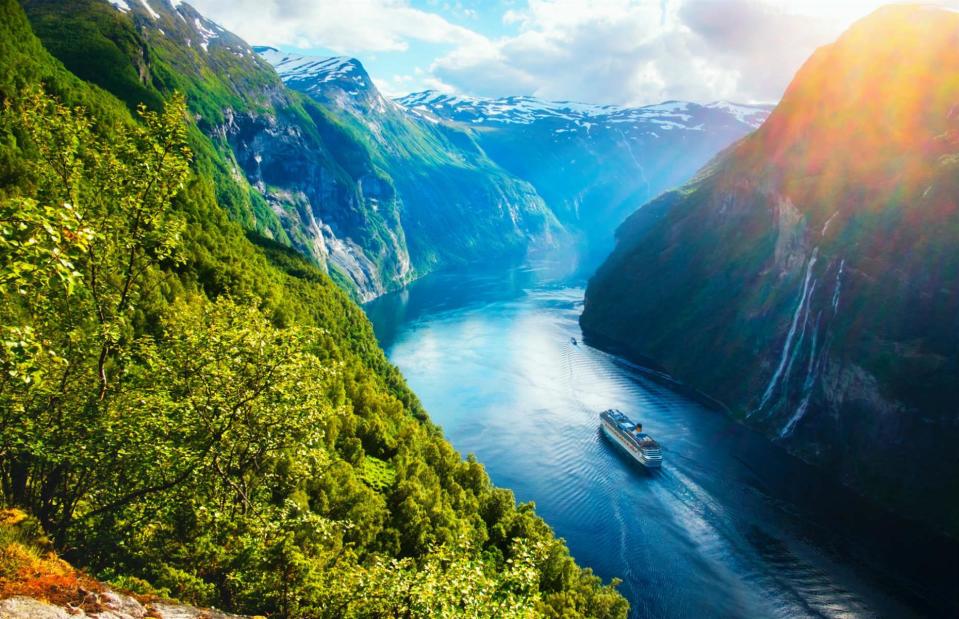
Smit/Shutterstock
It's certainly true that larger ships will have a greater range of entertainment, dining options and wellness facilities, but they can sometimes come with a bigger price tag too. Swap to a dinkier vessel and you'll not only spend less, but be able to squeeze into smaller ports – essential if you want to see the best of the Norwegian fjords or some parts of Scotland, for example. Queues to get off the boat will be minimal too.
You’ll feel crowded onboard
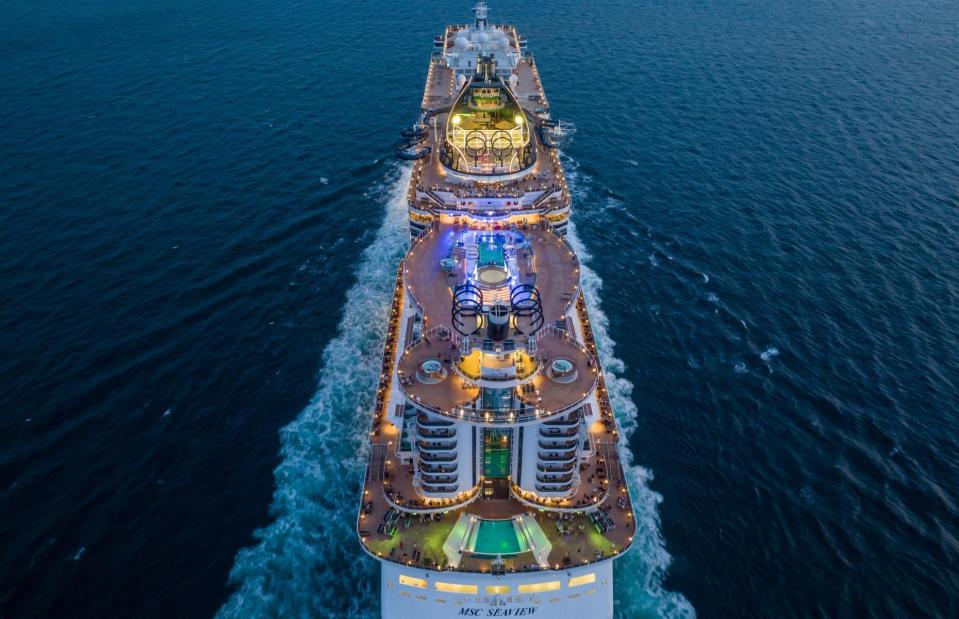
Wayleebird/Shutterstock
This might be more common on older ships, where the layouts lack thoughtful design. But modern ships are purpose-built to accommodate more passengers in larger areas and to allow traffic to flow much more smoothly, meaning overcrowding is not so much of an issue. These days commercial vessels are so spacious that you’re unlikely to feel constricted at any point. There’ll always be somewhere to go if you need a break from your fellow cruisers – check your ship’s passenger space ratio (PSR) to find out how much accessible volume there is per person.
Cruises aren’t for cultured travellers
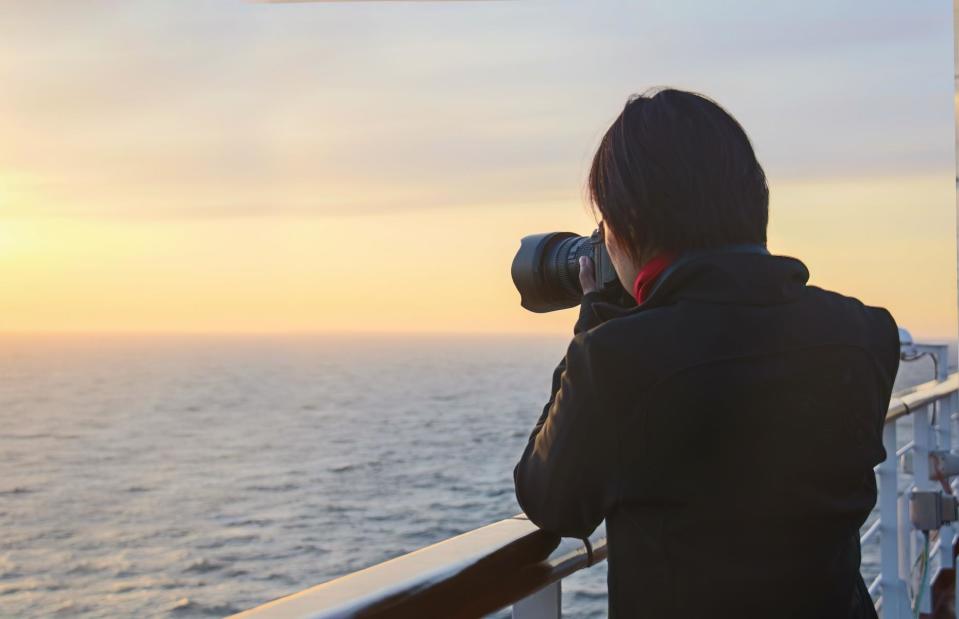
Janice Chen/Shutterstock
Ignore the naysayers who dismiss the idea that cruising can be an immersive cultural experience. Firstly you'll be sharing a ship with people – passengers and crew – from all over the world, so you're bound to have some fascinating conversations even before you've made it to port. Then, when you arrive at your destination, it doesn't have to be all coach tours and curated excursions. You could use your time ashore to hire a local guide, take a traditional dance class, dine at an independently-owned restaurant, or even volunteer with a community-led organisation.
Now read about how cruising has changed from the Titanic to today...


